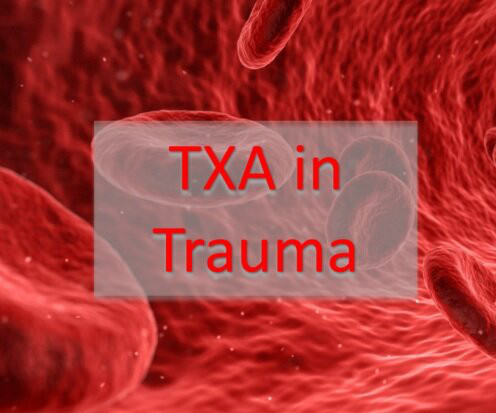Seizure in a 30 something
Dr. Smith's ECG Blog
SEPTEMBER 2, 2024
Her husband called EMS when the patient experienced new onset seizures accompanied by micturition. However, cardiac syncope is always a differential diagnosis when someone presents with first time seizures. There are a number of things to look for in an ECG that can hint at arrhythmia as the cause of an apparent seizure.























Let's personalize your content